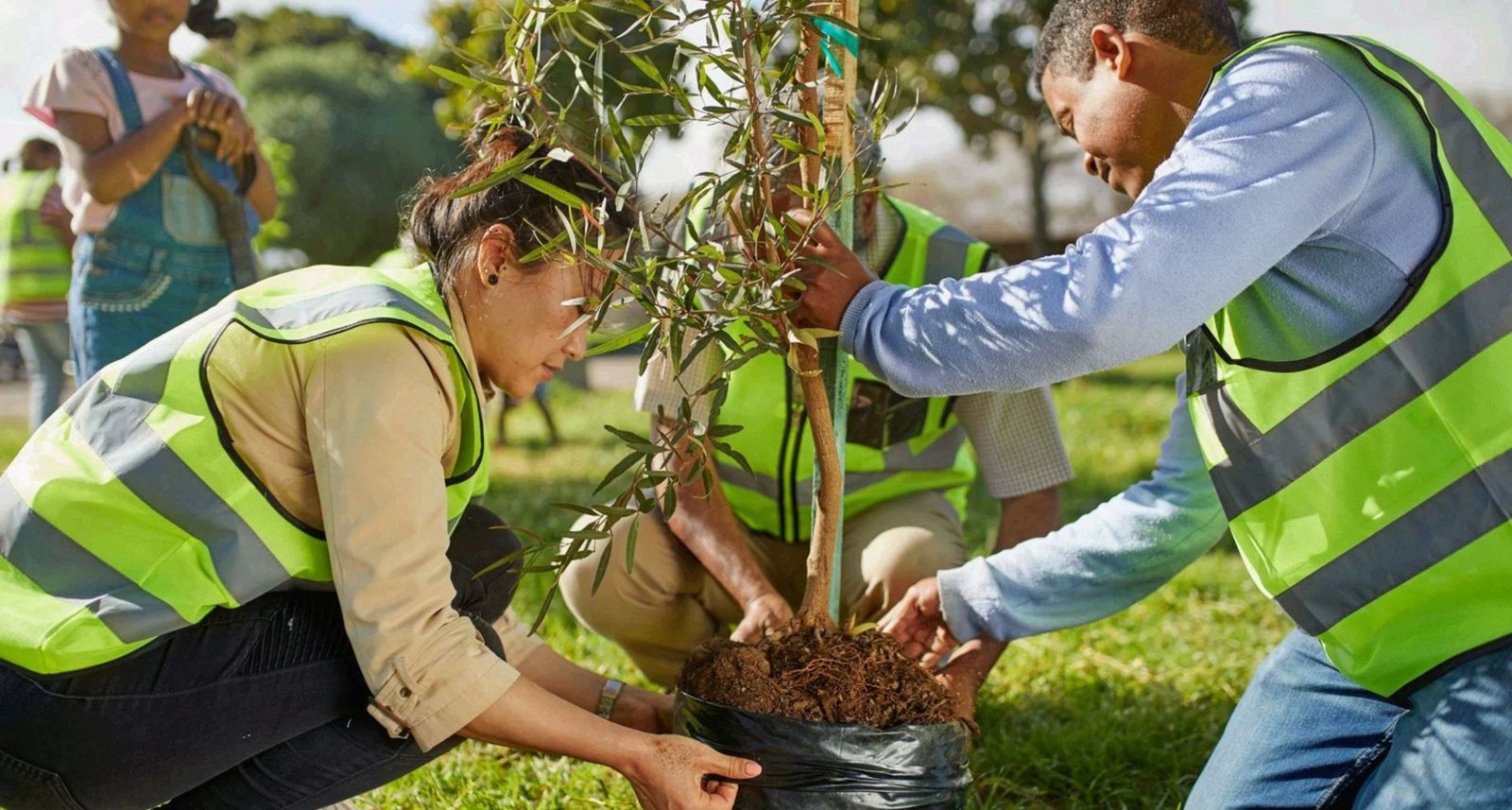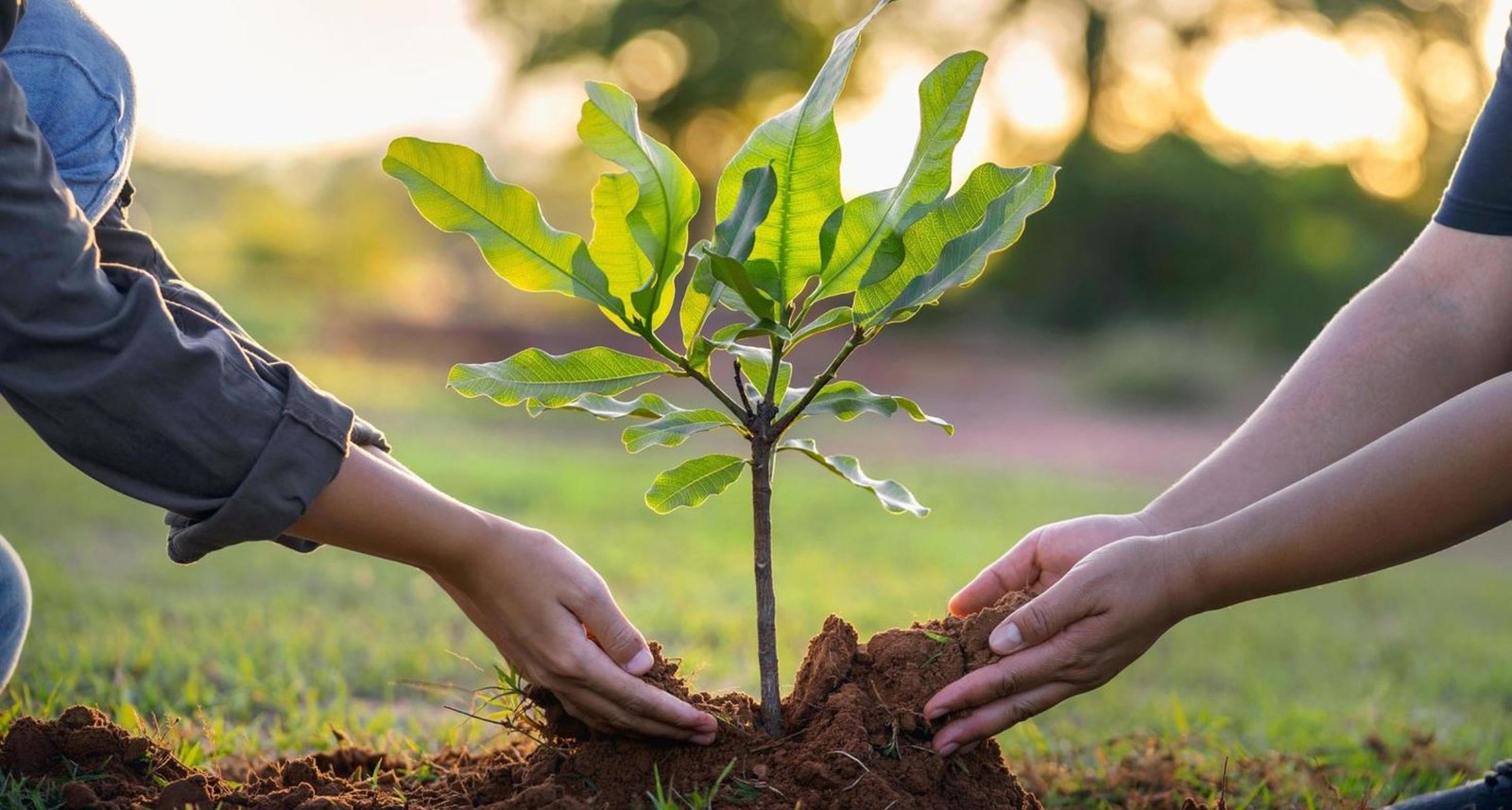The trees start altering their internal mechanism to save energy to survive when the temperatures are below 40°F. Homeowners should pay the most attention to tree care during the fall, as this is the most important biological change. Failure to maintain trees seasonally not only expose them to the danger of being broken by snow and ice storms, but also causes higher chances of spreading disease into the spring. You are literally preparing your trees and others to withstand the severest of winters by attending to your landscape at this time.
Assessing Tree Health in Autumn
A health inspection is the initial procedure in the fall tree care. Check the exposed surfaces of trees (leaf thinning, bark cracking, dead branches). Scale insects and borers are examples of tree pests whose holes and sticky secretions tend to be small. Such fungal infections as root rot or cankers are easier to notice when leaves fall off and leave the bare branches.
These issues could be identified at the initial stage, and they could be addressed before winter dormancy. The certified arborist can identify the problems that cannot be made out by laymen, such as the poorly fused joints of the branches or the compaction of the soil.
Pruning for Strength and Safety
Pruning of trees is one of the best fall activities. Autumn pruning is used to shape the tree before the arrival of winter winds. The amputation of weak or overstretched limbs helps in avoiding the possibility of snapping of the limbs due to the pressure of the snow or ice buildup. By also thinning the canopy, airflow and sunlight penetration are enhanced, and it is less likely that the spring will be affected by fungus. Always apply sharp, sterilized instruments to avoid the transmission of pathogens from one tree to another.

Mulching for Root Protection
With the decreasing soil temperature, tree roots are exposed to frost. The layer of mulch that you have put on the bottom of your tree also protects the soil moisture by insulating the soil and keeping the roots warmer. Apply 2 to 4 inches of mulch- shredded tree bark or wood chips, or compost to the root zone, but not to the trunk.
Not only is it a water-conserving method, but it also enriches the soil due to the presence of the mulch, which decomposes, enriching the soil with nutrients. Fall mulching also has a buffer effect which helps in reducing the fluctuation of the temperatures, such the roots will be active longer before the dormancy will come into force.
Watering Before the Ground Freezes
Even in autumn, trees require water though they are bare. The trees must be well watered before the frost sets in, so that they can get sufficient water to keep them alive in the winter. This is largely necessary when the trees are newly planted and have shallow root systems, as they dry faster than the old trees.
Watering should be done slowly in a trickle fashion around the drip line-the area under the outermost branches. This guarantees that water penetration in the soil is high, which spurred robust root development.
Fertilizing for Nutrient Storage
The best opportunity to use slow-release fertilizer is during the fall. Good nutrition levels enhance the immune system of trees, thereby making them less vulnerable to winter damage and spring pests. Always have your soil tested to see what is lacking. You should not be over-fertilizing your soil, and this may cause poor root health.

Protecting Young Trees from Frost and Wildlife
Youthful trees and saplings require special care in autumn. Their thin bark renders them prone to frost cracks and sunscald, wherein the changing winter climatic conditions lead to damage to the bark. The tree guards or burlap that are used to wrap trunks help to insulate the trunks and to stop splitting. Besides this, wildlife, including deer, rabbits, usually consume young bark in times of scarce winter months. The use of wire mesh or protective barriers is used to protect the young trees against gnawing and rubbing. Such easy steps make saplings grow without failures.
Cabling and Bracing for Structural Support
Cabling and bracing can be required to support the weight or imbalance of heavy and uneven canopies of mature trees. It is done with the help of steel cables or rods to support weak branches and decrease stress under the influence of high winds or snow loads. Fall is the season to install such systems because the arborists can evaluate the branches’ strength without foliage covering them.
Through additional support of prone areas, you not only increase the lifespan of the tree, but also limit the risks of liability caused by falling trees. Cabling and bracing are highly technical processes that can only be dealt with by individuals who have experience in tree physics and biomechanics.
Monitoring Evergreens
Evergreens do not lose their leaves in winter, which is contrary to the case of deciduous trees, and have particular challenges in winter. Winds may become cold, leading to desiccation, in which needles become brown due to the loss of water. In order to keep them dry, spray them with anti-desiccant sprays or construct windbreaks using burlap screens.
Planting and Transplanting in Fall
Fall is considered the most favorable time to put in new trees or transplant the ones already existing. Lower temperatures and less evaporation provide roots with an opportunity to develop before the heat of summer. Mulching is a good way to keep the soil moist and protect young roots against early frost. By the spring, these trees will already be ahead.
Conclusion
The reason why fall tree care is not just a chore of the season, that your landscape investment is taken care of. You provide a habitat in which trees can survive the winter and flourish in spring by checking the health, pruning, watering, and protecting young growth, and by controlling the mulch.
All the effort put into autumn, be it the taming of the evergreens, fertilizing of the roots, or storm preparation, makes one resilient. In case you need professional advice and professional treatment for your house, then entrust some of the winterizing of your trees to Manhattan Tree Services so that they will do it with accuracy and attention


